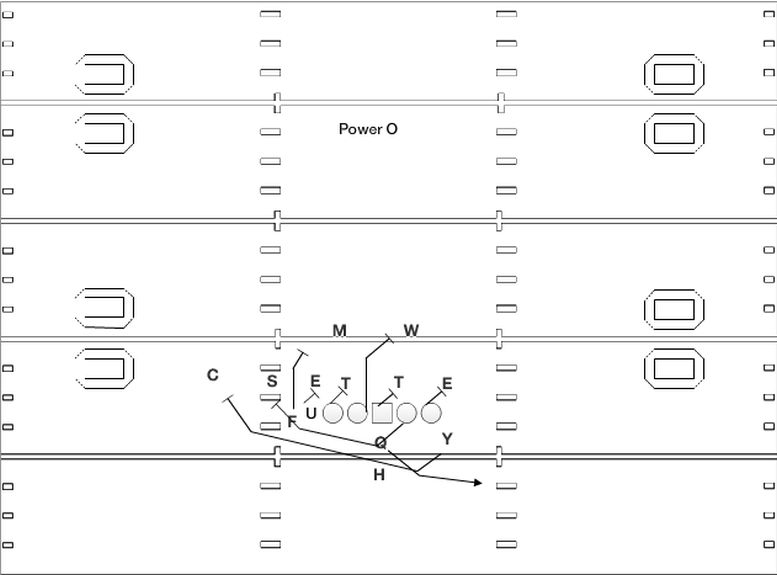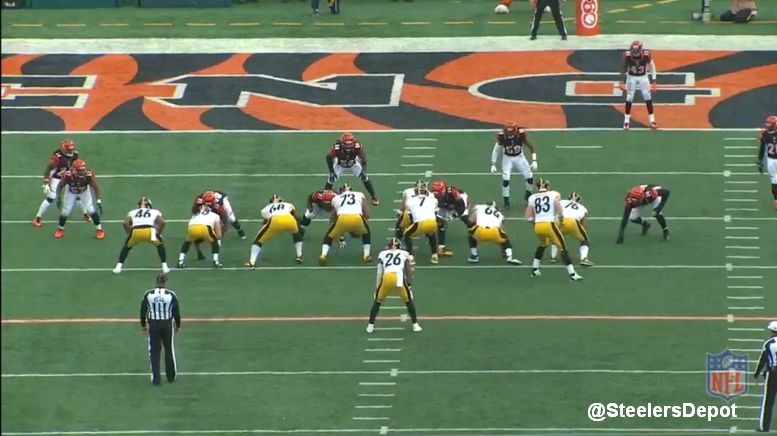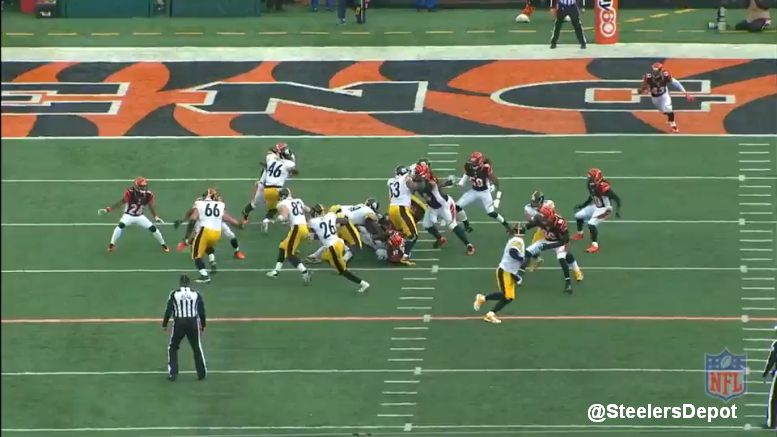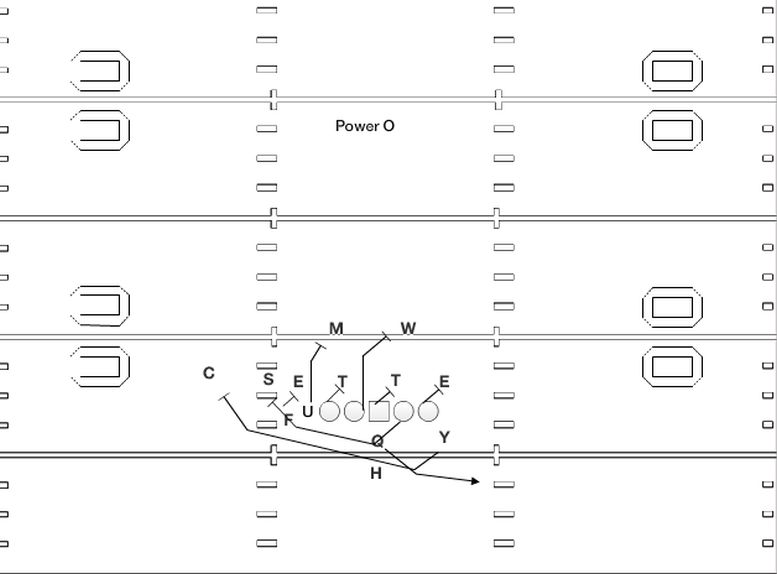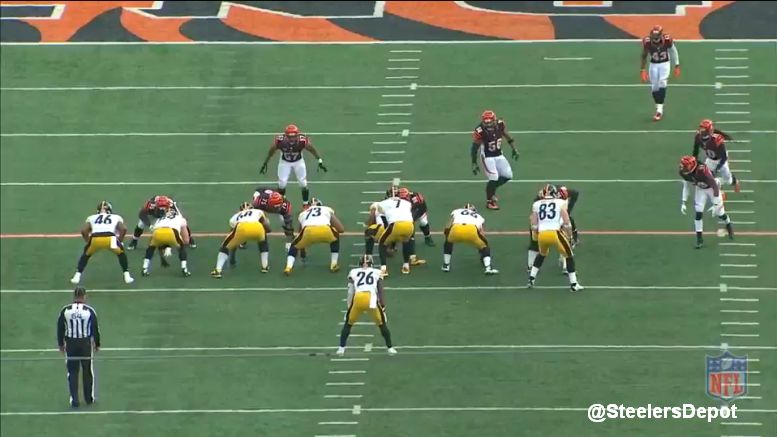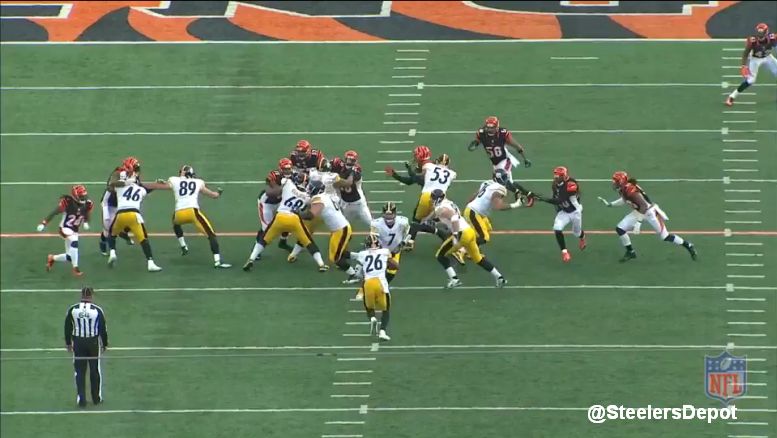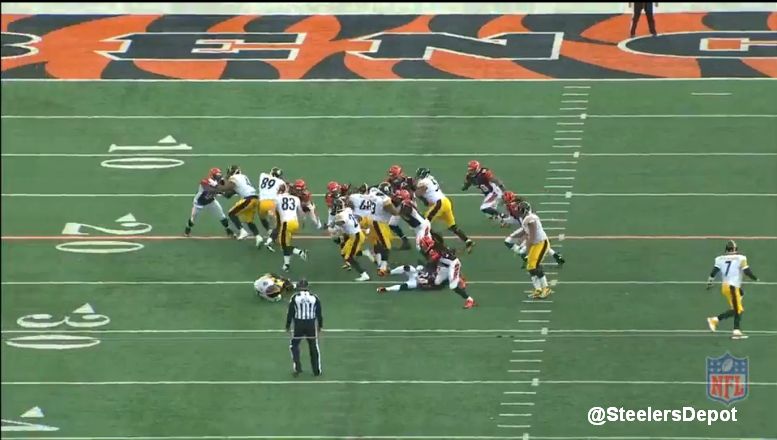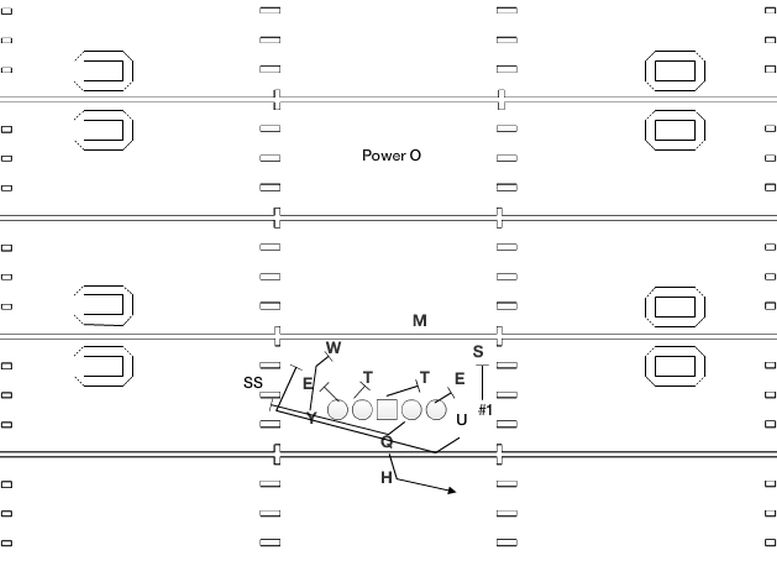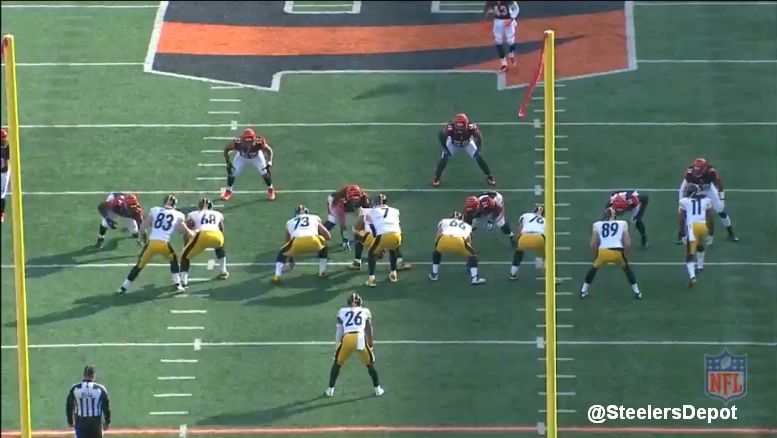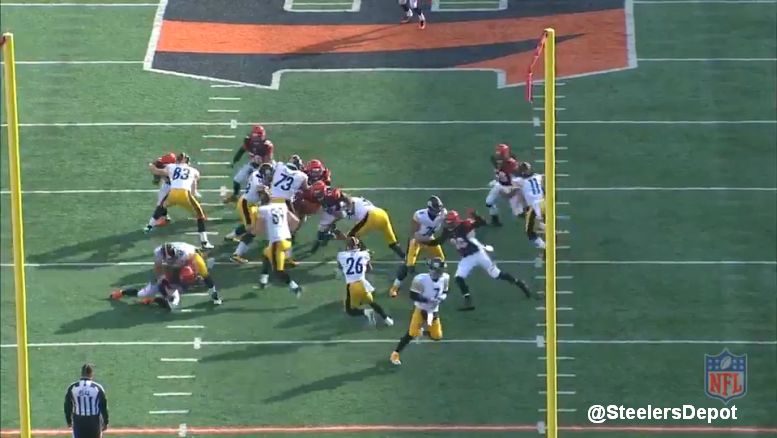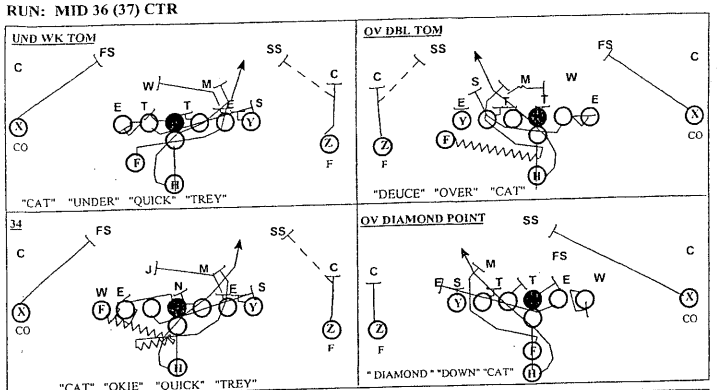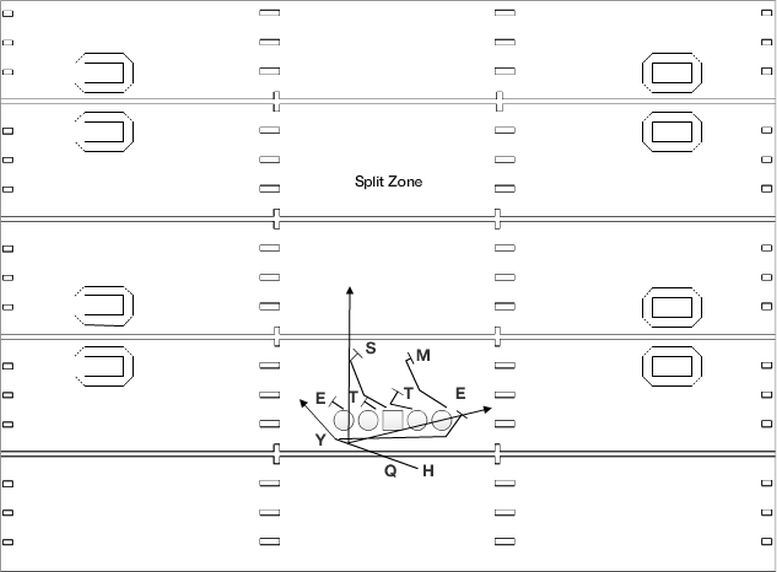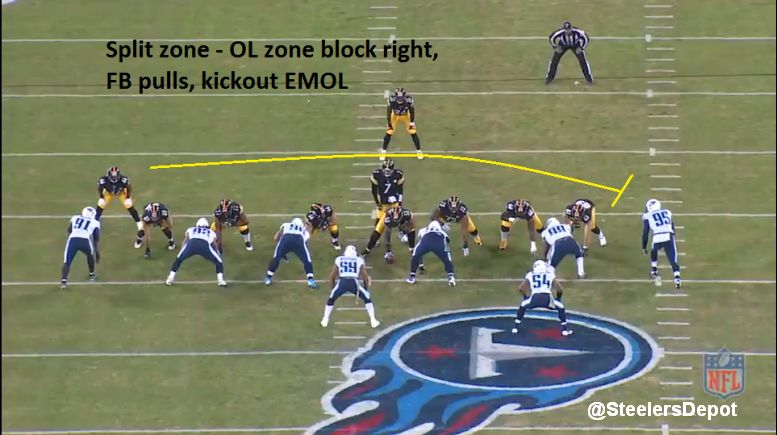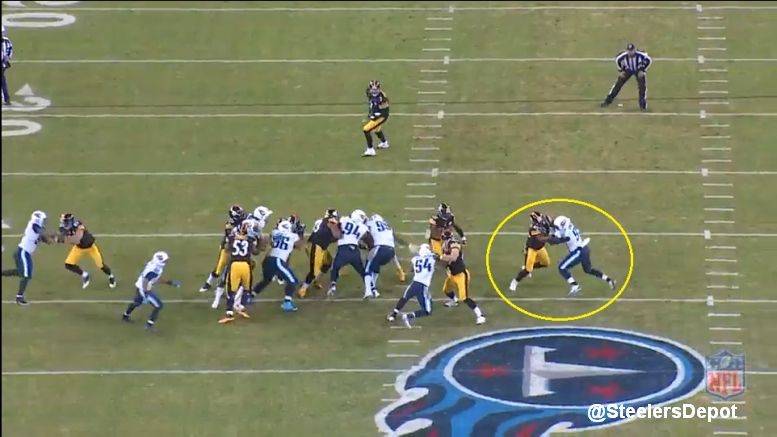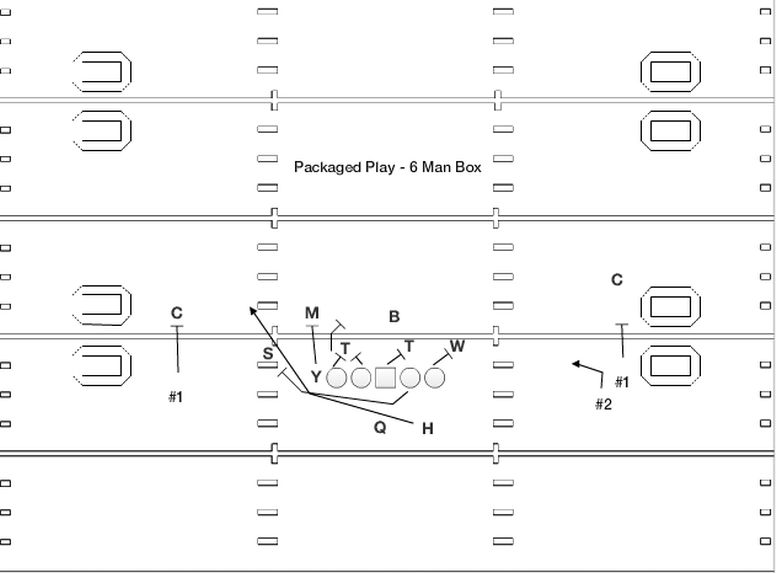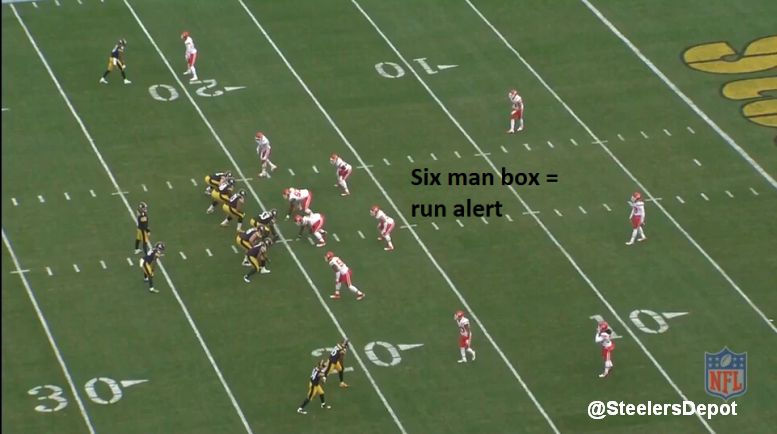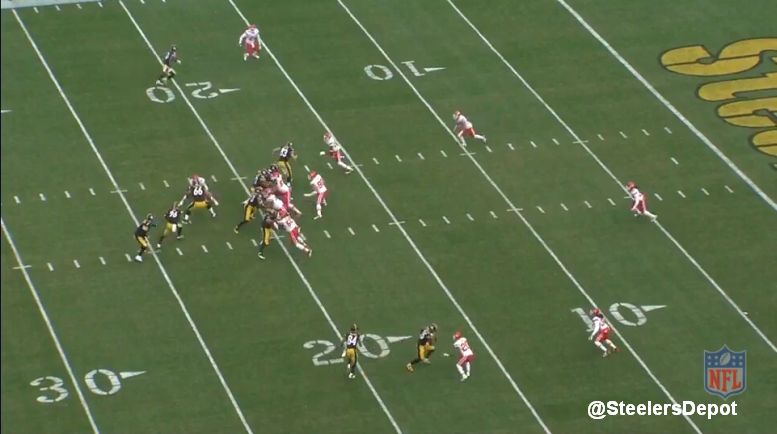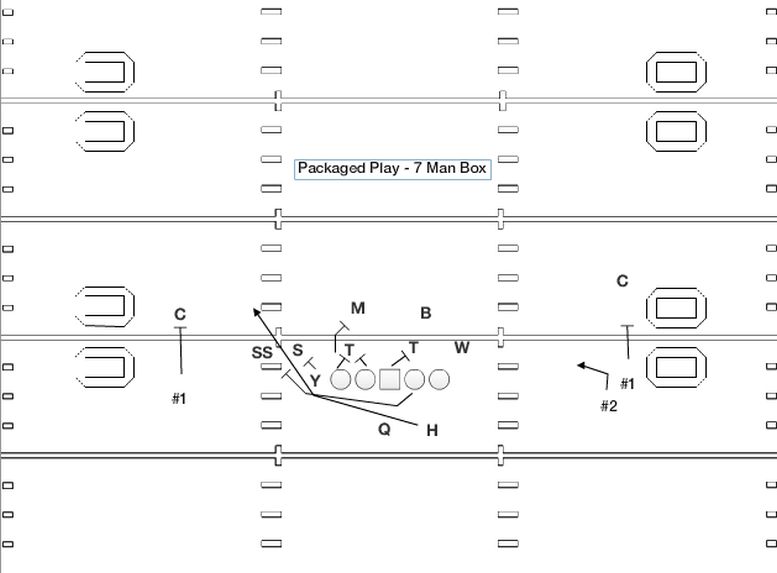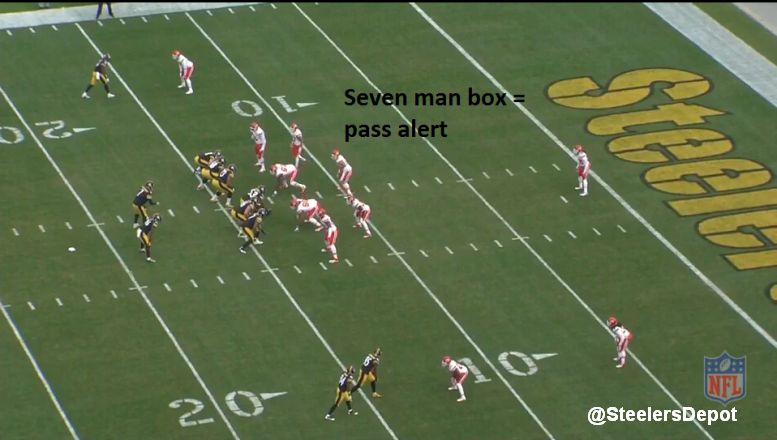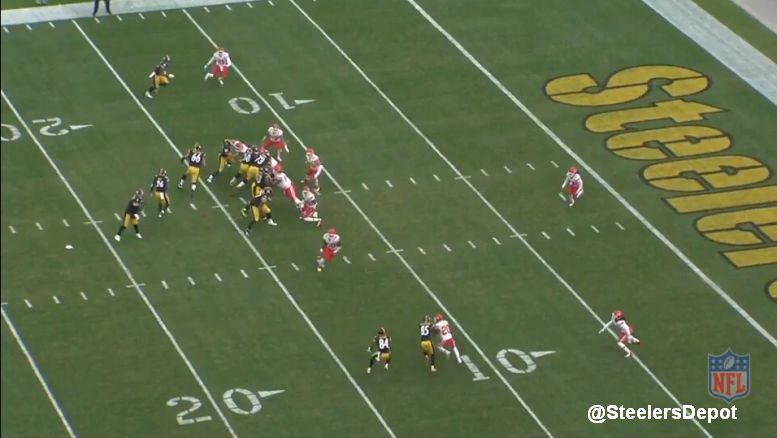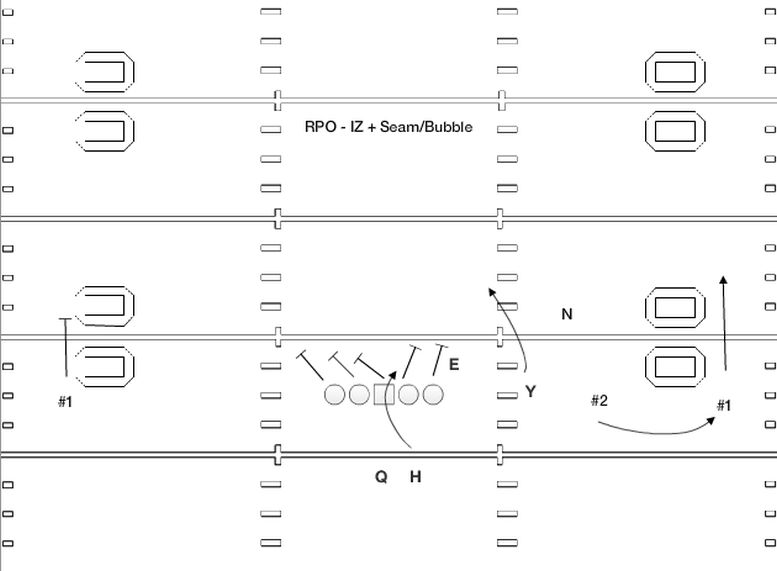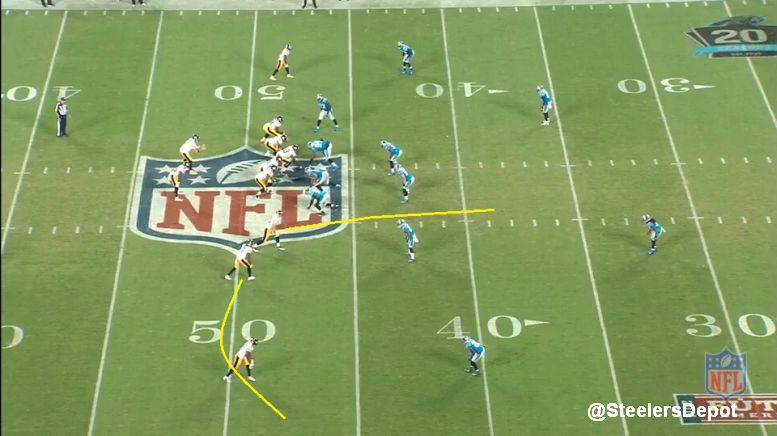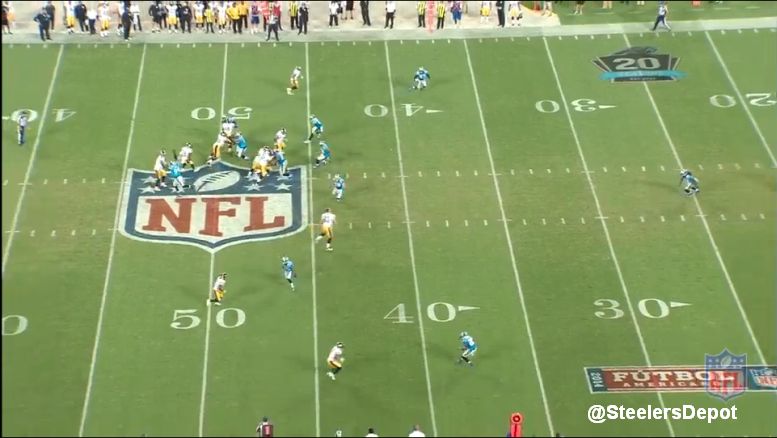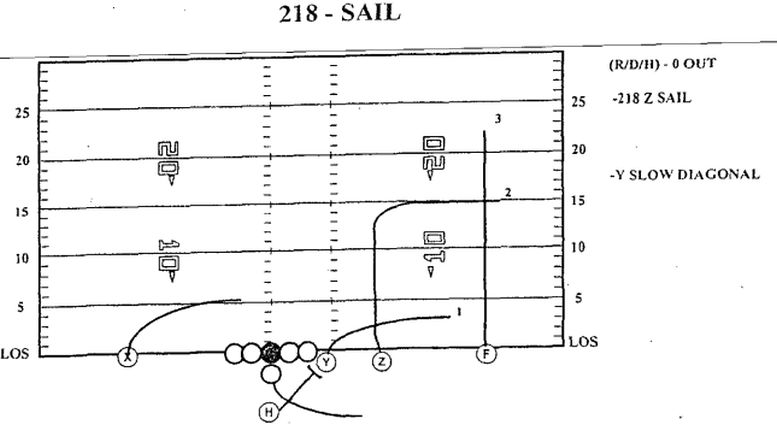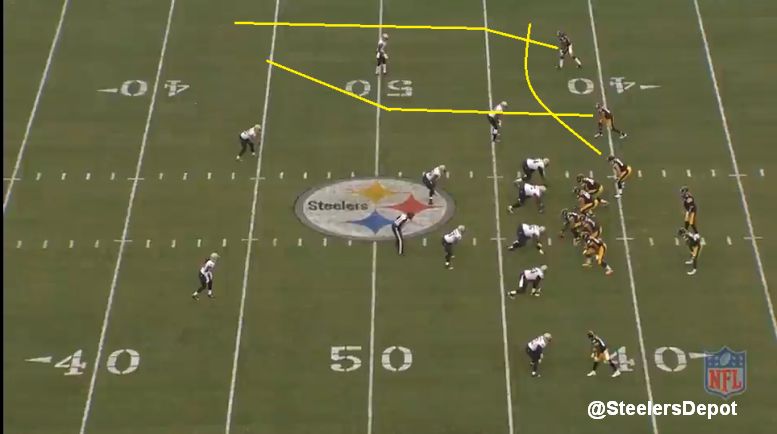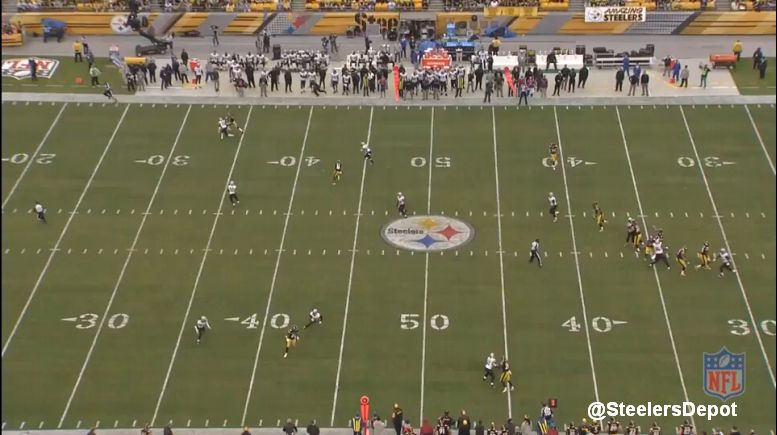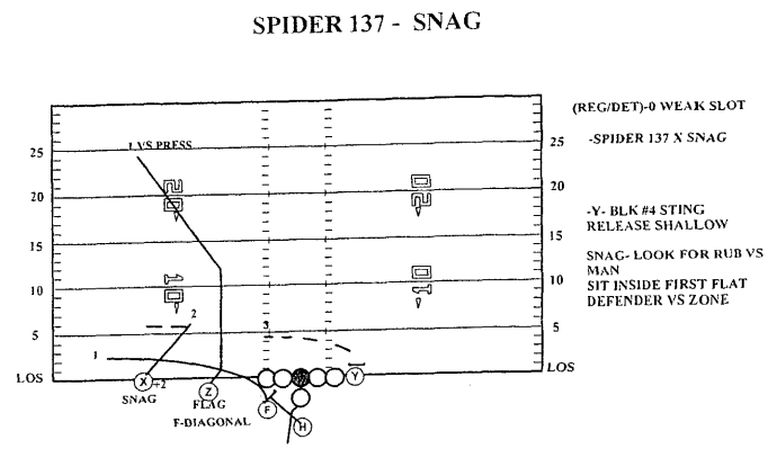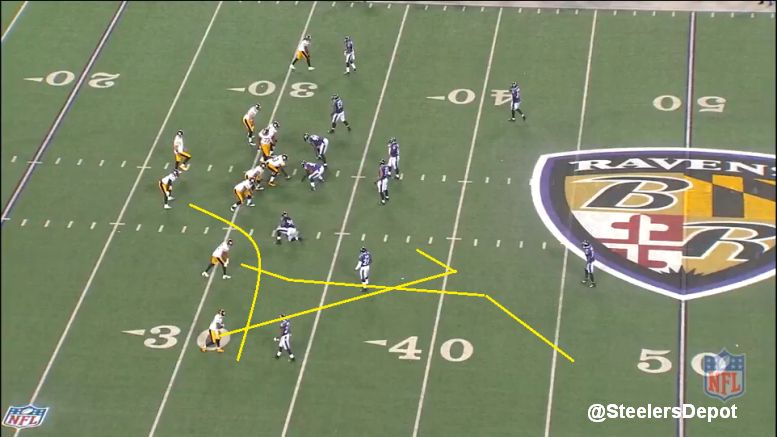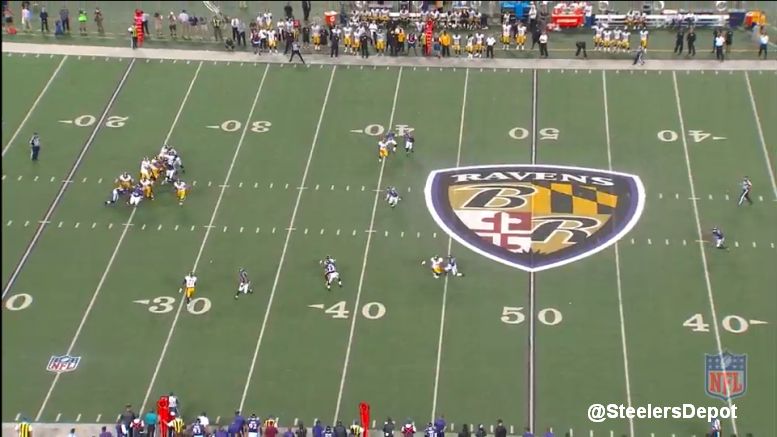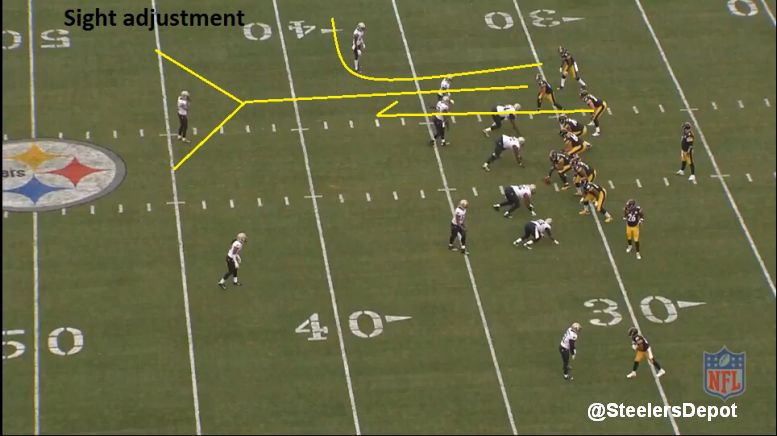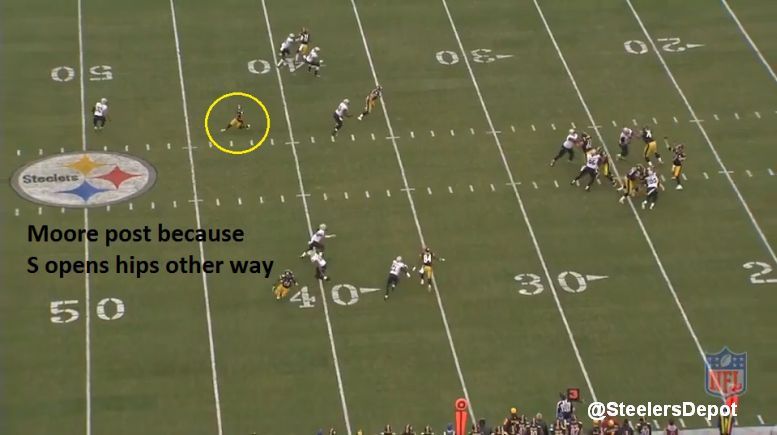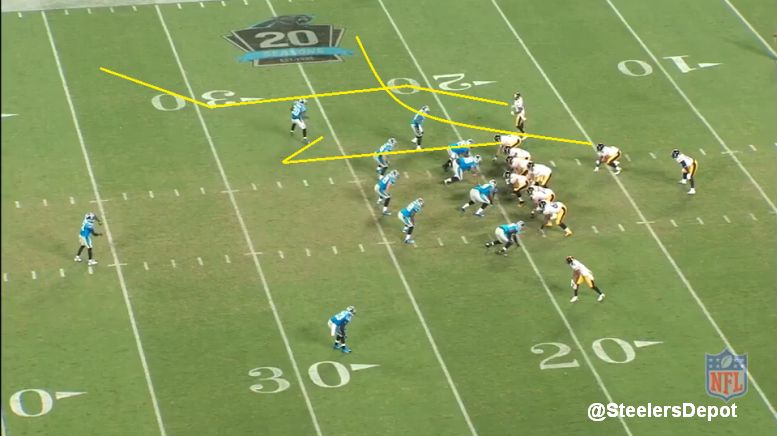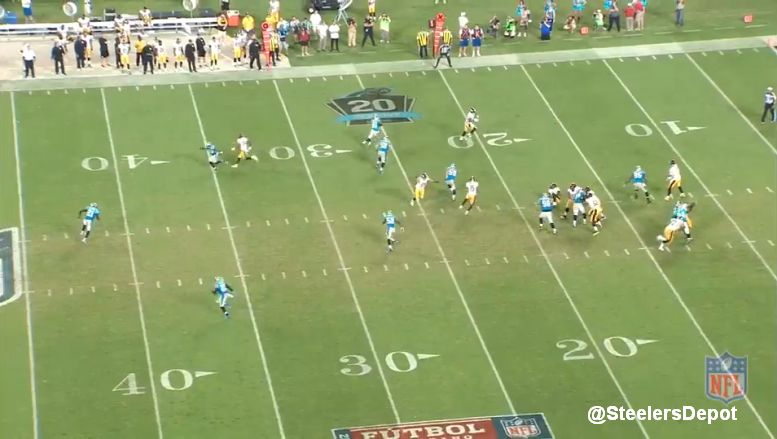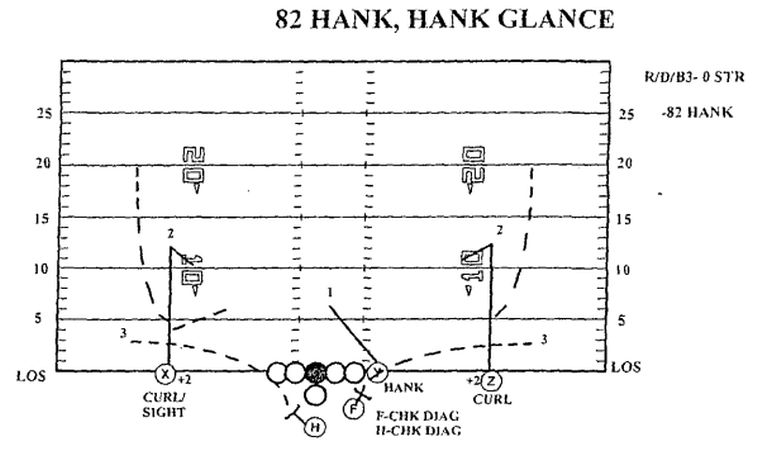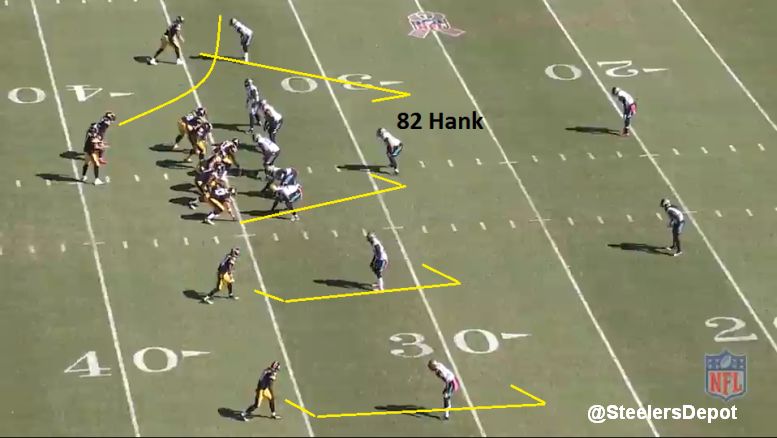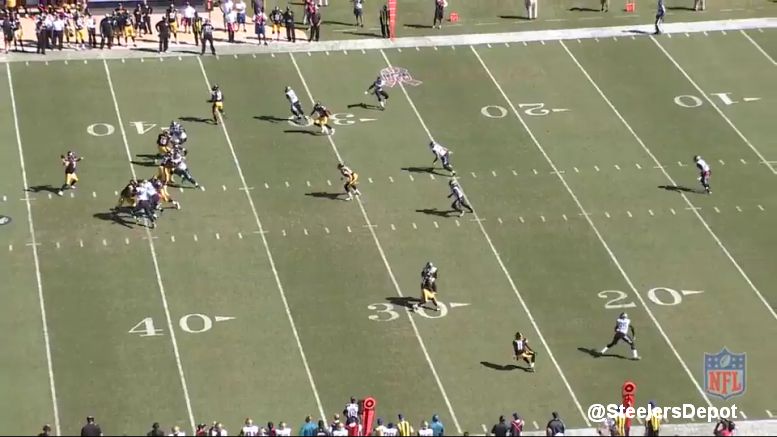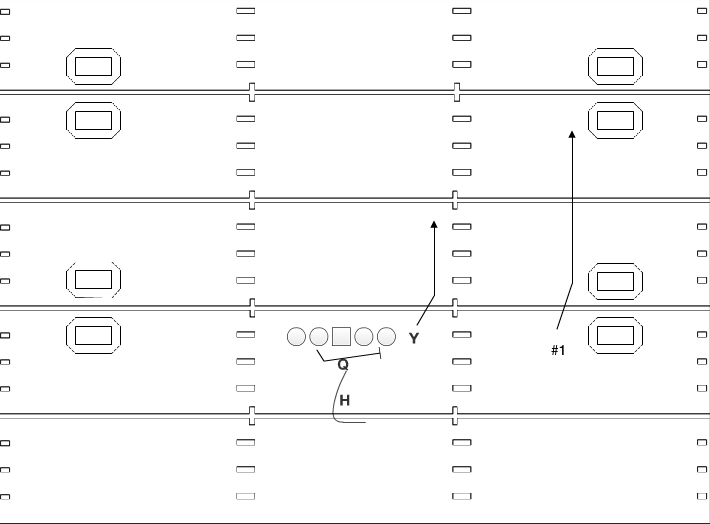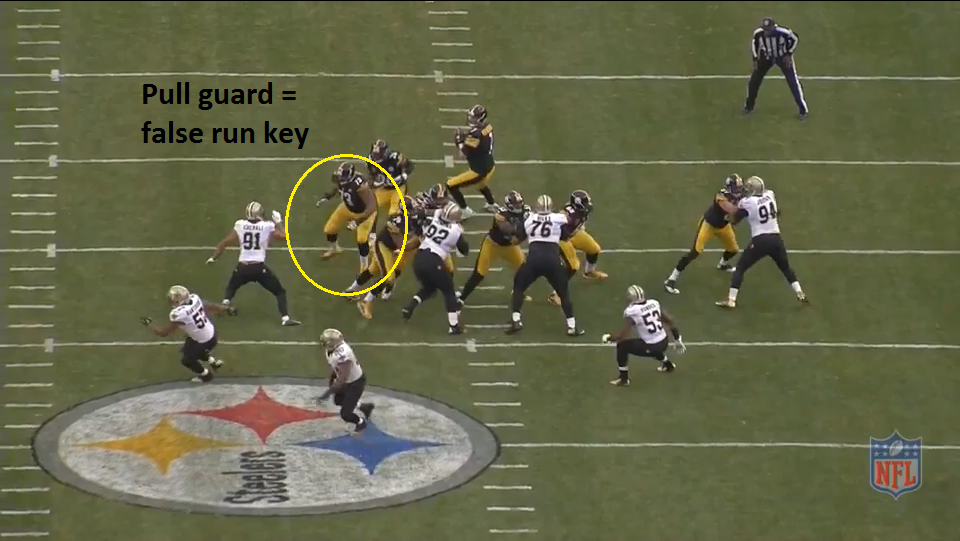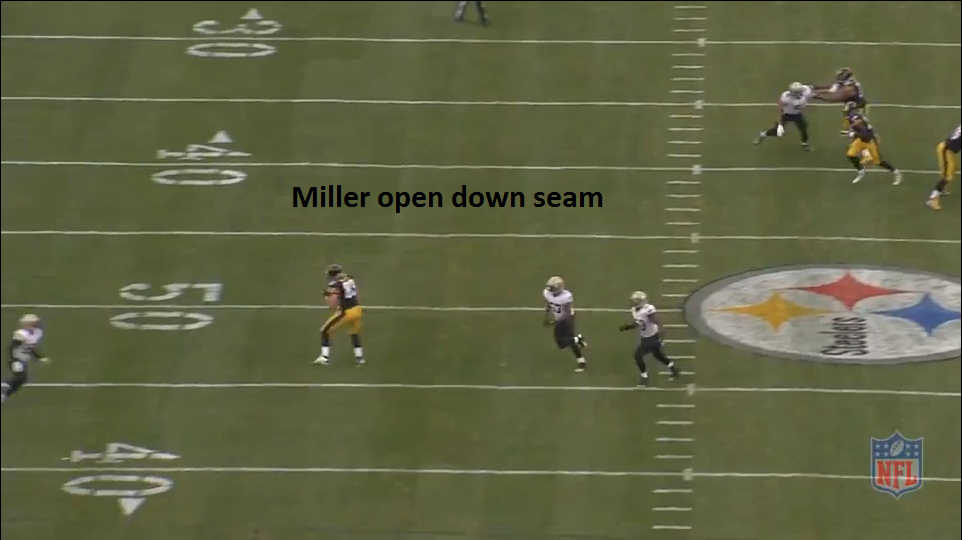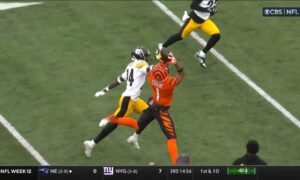Pittsburgh Steelers’ offensive coordinators tend to be the biggest source of criticism. Ironically, they’re one of the least-known people in the organization. From an outsiders view, anyway. Coaches are difficult to evaluate. Are the mistakes scheme or talent evaluated? It usually results in clichéd and trite criticism.
Why are you running it there? I hate this run, run, pass offense. Why are they in shotgun???
You’ve heard it before. The Bruce Arians-era was peak-offensive coordinator freakout. Strange times, indeed.
The goal here is to shed a little more light on a Todd Haley run offense. We’ll create a playbook, an incomplete one of course, but one with the most common concepts based on what we’ve seen.
As an added bonus, and to give this article some uniqueness and hopefully lend itself some extra credibilty, I dug up the Dallas Cowboys 2006 offensive playbook. Haley served as the team’s passing game coordinator that season so we’ll lean on that for passing concepts that show up then and now.
We’ll start with the run game.
Todd Haley’s Run Game
You’re well aware Haley and Mike Munchak run a mix of power and zone schemes. The Steelers leaned on a lot of Counter OF, the famous Georgia Counter that ripped off so many chunk yards in 2014. Steelers often run this out of a heavy personnel. Can have one or two tight ends to the playside with the backside guard (BSG), usually right guard David DeCastro, pull in conjunction with the backside tight end.
Blocking scheme works like this.
PST: Down block three tech
PSG: Work to second level to WILL linebacker
C: Down block one tech
BSG: Pull, kick out first color
BST: Down block five tech
Y: Pull, lead block through
U: Down block five tech
F: Work to MIKE linebacker
Here is a look at it against the Cincinnati Bengals, who were killed repeatedly on this play last year.
One variation is to the front side is based on how the five tech aligns. If the five tech is too wide for the U tight end, meaning he can’t be downblocked, the U and the F trade assignments. The U worked to the second level and the F down blocks the five tech.
And again, against Cincinnati. The difference being how the Steelers block this when the five tech, the defensive end, aligns wide.
Also can run this to a single tight end side, allowing the team to run 12 personnel and spread the defense out a little bit. Here’s a look at it against a SS in the box.
The guard kicks him out with the tight end working upfield to take care of any second level defender. Usually the first color, the first defender that gets in the way.
I don’t want to draw from the Cowboys’ playbook too much because he wasn’t the offensive coordinator – just the passing game coordinator – but this is essentially Dallas’ 36/37 counter series, shown here from their playbook.
They have their basic inside/outside zone concepts, inside zone being ran the majority of the time. We’ve covered it before but zone blocking is based off of which lineman are covered and which aren’t. Covered lineman base block while uncovered lineman help double-team, usually with the covered lineman working off when help arrives and working to the second level.
Off of that, the Steelers often runs a split zone. It’s an inside zone scheme paired with a base block on the backside lineman by a pulling fullback or tight end. Keeps that cutback option available for the running back while letting the backside lineman work down the line instead of having to worry about blocking the backside EMOL.
The back can run off tackle, off guard, or cut it back, as designated by the arrows drawn up below.
How to block it out of 11 vs a 4-2-5 defense.
PST: Down block five technique
PSG: Down block three technique
C: Work to second level, block SAM linebacker
BSG: Zone block, reach block one technique
BST: Zone block, work to MIKE
Y: Pull, base block backside five technique
And here it is ran against the Tennessee Titans. Went for a 19 yard gain.
Throw in some ISO runs with a fullback and that is essentially the Steelers run game. Now, I am still oversimplifying things, each blocking scheme is different based on defensive alignment, but those are the core principles. Inside/outside zone, split zone, the power game, and some isolation runs mixed in. It’s not about going so crazy with the concepts as it is executing what you already have.
Todd Haley’s Passing Game
As is the gradual trend in the NFL, the Steelers use plenty of run-pass options (RPOs). They’ve incorporated it into their play book a ton last year. There are a lot of variations but we’ll focus on just a couple.
One RPO is a power run packaged with a bubble screen. Simple box count determines run or pass. Six or less in the box is a run while seven or more is a pass alert. Haley ran it on back-to-back plays in Week Sixteen against the Kansas City Chiefs.
Here is the run with a six man box.
And a pass with a seven man box.
Another common one is an inside zone packaged with a seam and swing.
The next concept we’ll look at is one we broke down in our New England Patriots offensive scouting report. A sail concept is in the majority, if not every team’s playbook. It’s a three main combination that works the defense at three levels: a flat route, a corner, and a nine route.
Here, we can look back on the Cowboys’ 2006 playbook. This is 218 Z Sail, a very Don Coryell nomenclature, showing the concept. The Y in the flat, the Z on the corner, and the F running vertically.
And here it is in 2014. The Y in the flat, Z on the corner, and the F running vertically.
Another common concept is a snag or spot route. Another three man combination with a flat, curl – or snag – and corner.
Again, here is one variation shown in the Cowboys playbook as Spider 137 X Snag. This is out of a double slot receiver look.
Here’s the Steelers running the same concept last year against the Baltimore Ravens. The RB leaking into the flat, the X – or outside receiver – on the snag, and the Z receiver on the corner.
Like any good offense must do, you have to be able to run it out of different personnel groupings and formations.
Here it is with two receivers and a tight end in a bunch look. Note that I believe the corner route has a sight adjustment based on how the safety plays it. You can see Lance Moore run a post as the safety turns his hips to the sideline, anticipating the corner route.
And here is a snag route out of 21 personnel. Will Johnson runs to the flat.
Steelers also commonly run what would be referred to as an “all curls” play in layman’s terms. That’s what I would’ve called it too until I found it in Haley’s playbook.
It’s called 82 Hank , the “Hank Route” being the curl from the tight end. The outside receivers have sight adjusts against cloud coverages when the CB rolls to the flat like you’d see in either Cover 2 or Cover 3 Cloud.
And here is Pittsburgh running it against the Jacksonville Jaguars last season. The running back leaks into the flats, widening the flat defender and opening up the curl. Basically reading that flat defender and he’ll dictate where you go with the football.
One of Haley’s favorite wrinkles is playaction with a pulling guard to create a false run key, sucking up the linebackers, and allowing the tight end open down the seam. Consistently used this play to rip off 10-15 yards at a time.
As the season goes on, we’ll hopefully add to the playbook as I spot other things. And throughout the year, refer to these plays mid-game (follow me on Twitter, I’ll refer to them on there when I see them) and in our film studies.


